Palaeontology

From the 19th century, it received major donations from figures such as Victor Thiollière (1860) and Eugène Dumortier (1876) for fossils from the Rhône-Alpes region and the Rhône valley. In the 2000s, other very large donations also added to the collections: the collection of more than 7,400 ammonites from the late Jurassic and early Cretaceous collected in Spain by Jeannine Geyssant and Raymond Enay, the extensive collections of the Faculté Catholique de Lyon’s former geology laboratory and its Lias international study centre, as well as the Michel Philippe collection, particularly including a number of Neogene fossils that he collected in the Rhône valley.
As early as 1950, the Musée organised its own digs in Saint-Vallier (Drôme), a world-renowned Villafranchian deposit. Subsequently, the museum set itself apart with a major campaign of underground digs between 1970 and 2000 and by adopting the gridding method usually used in archaeology for the first time in palaeontology. As a result, a number of museum missions in caves such as La Fage (Corrèze), Siréjol (Lot), La Balme-à-Collomb (Savoie), etc. saw the palaeontology collections expand considerably with nearly 20,000 newly-discovered fossils.
